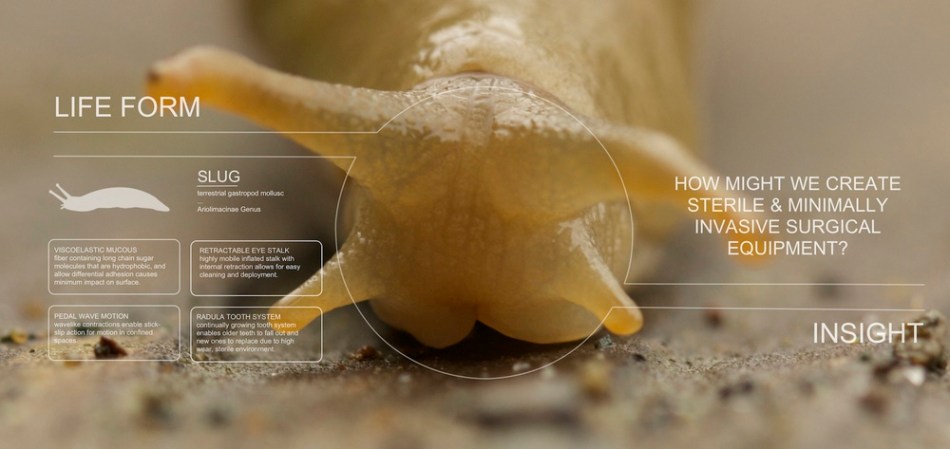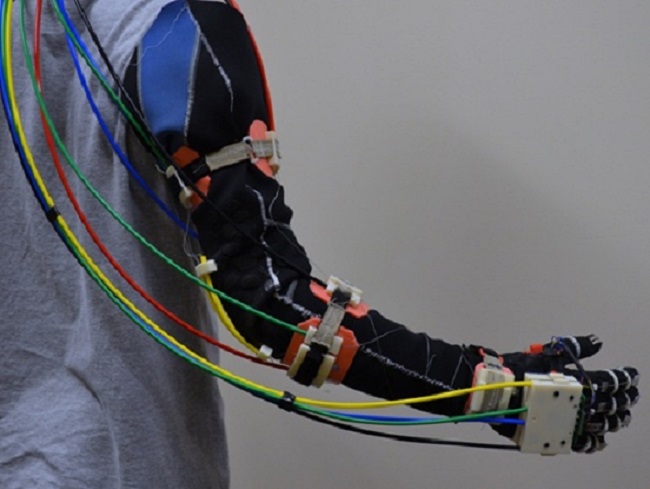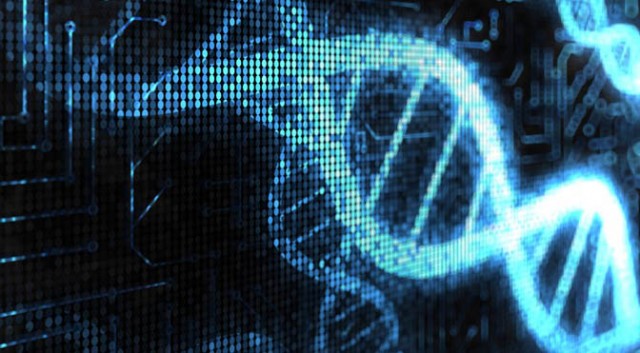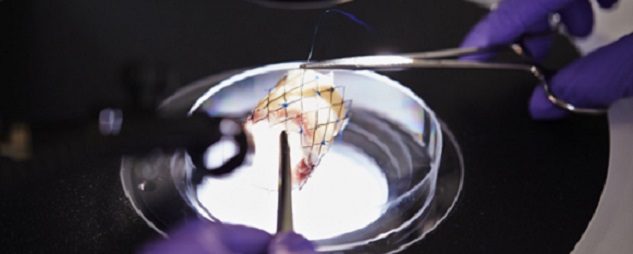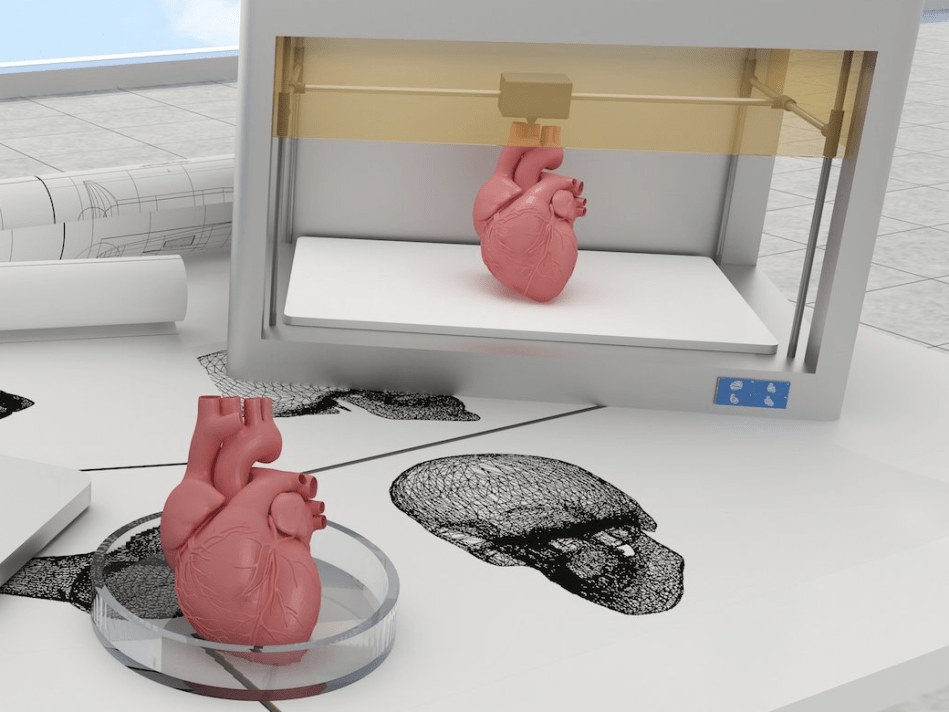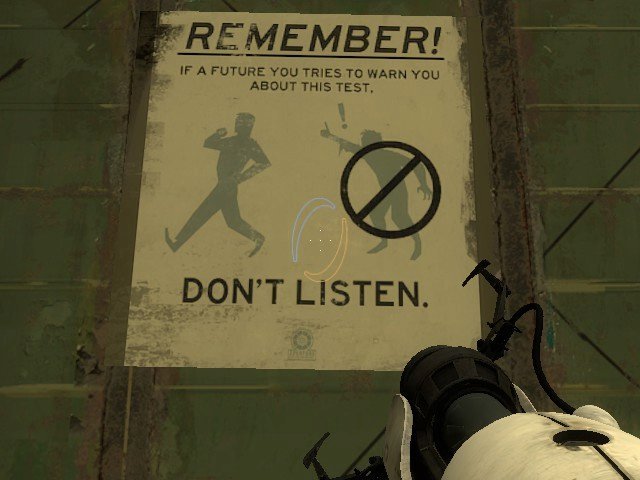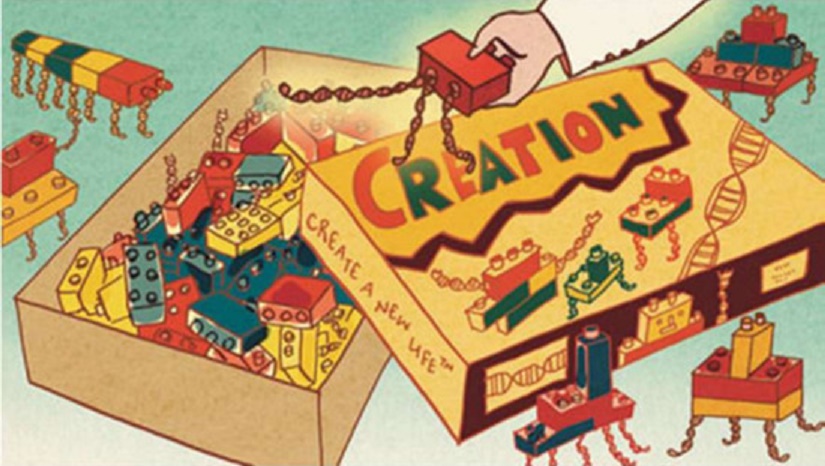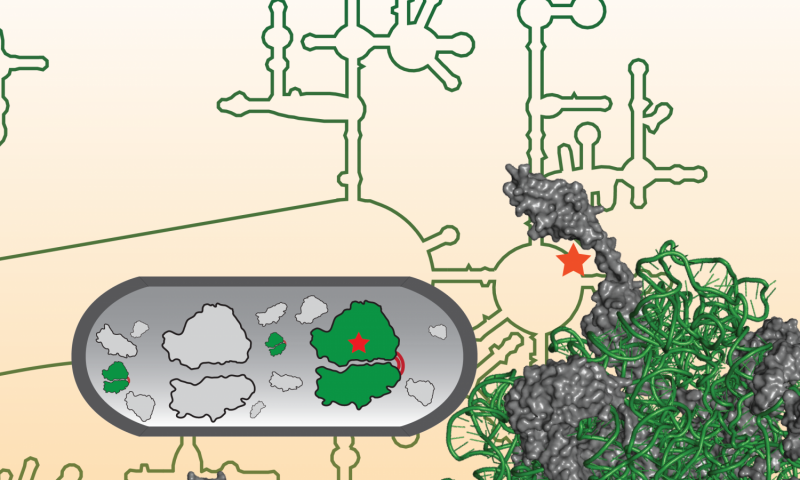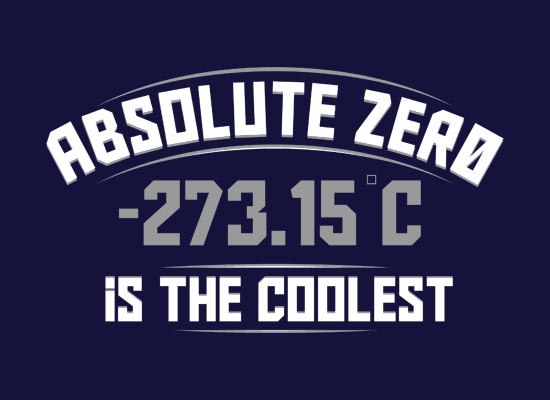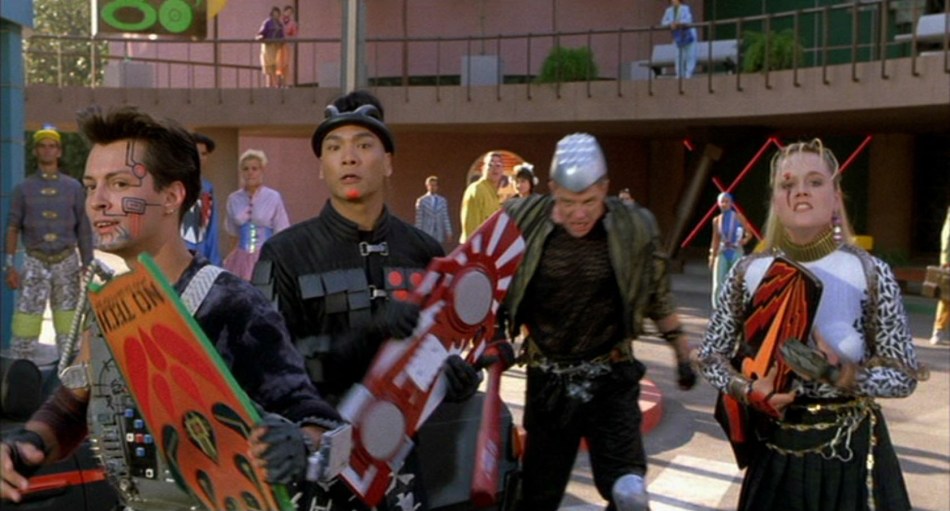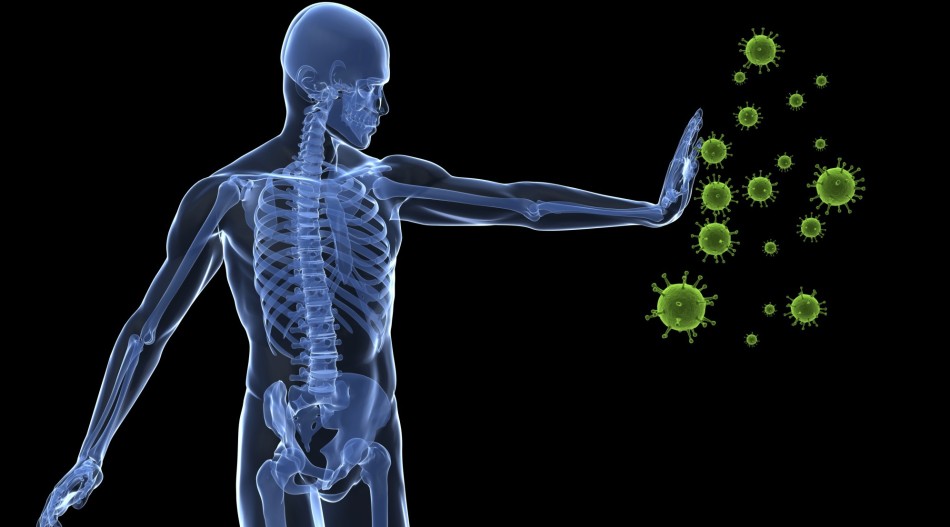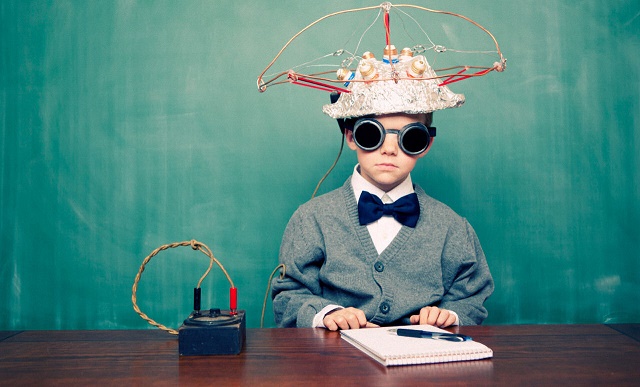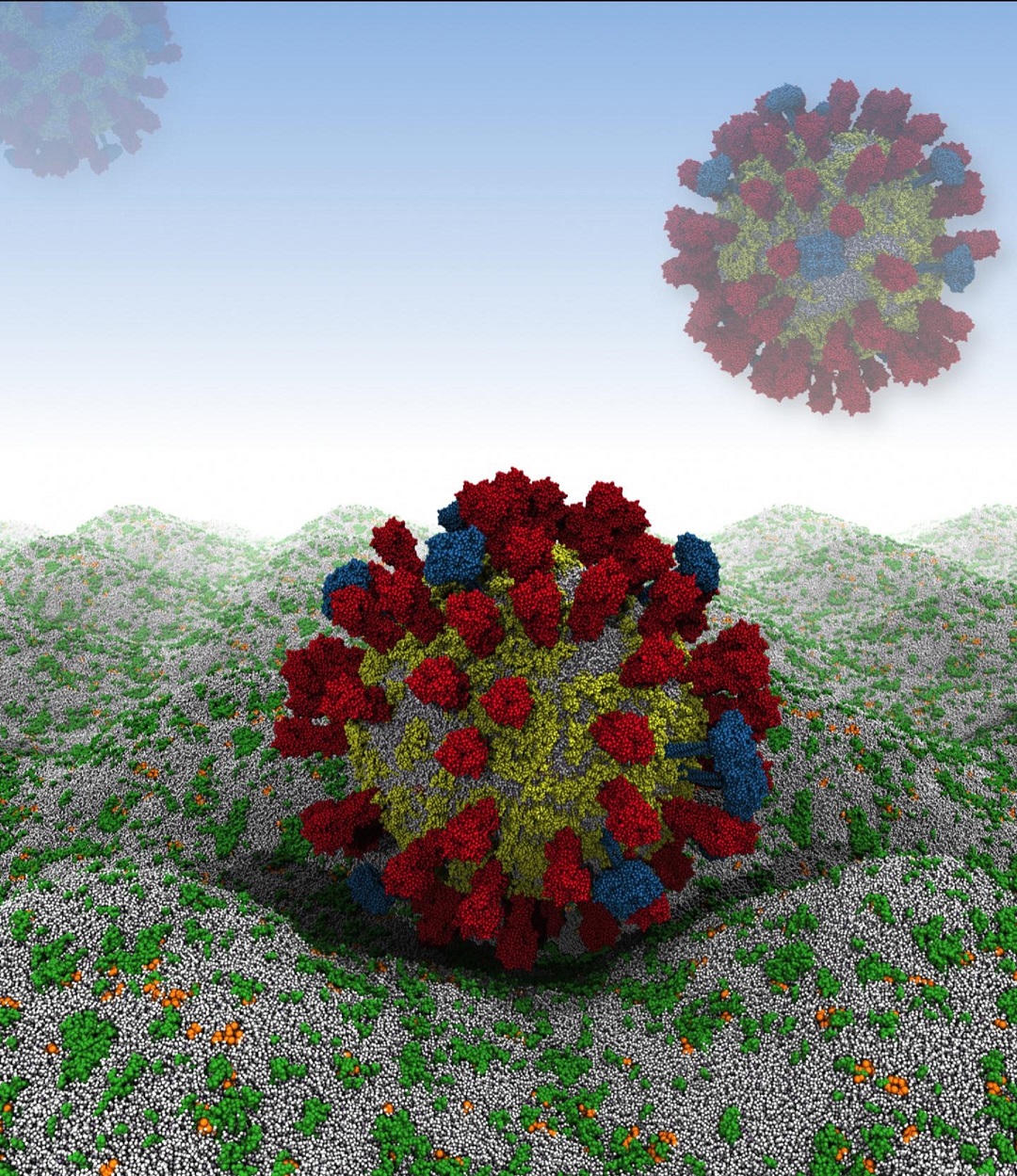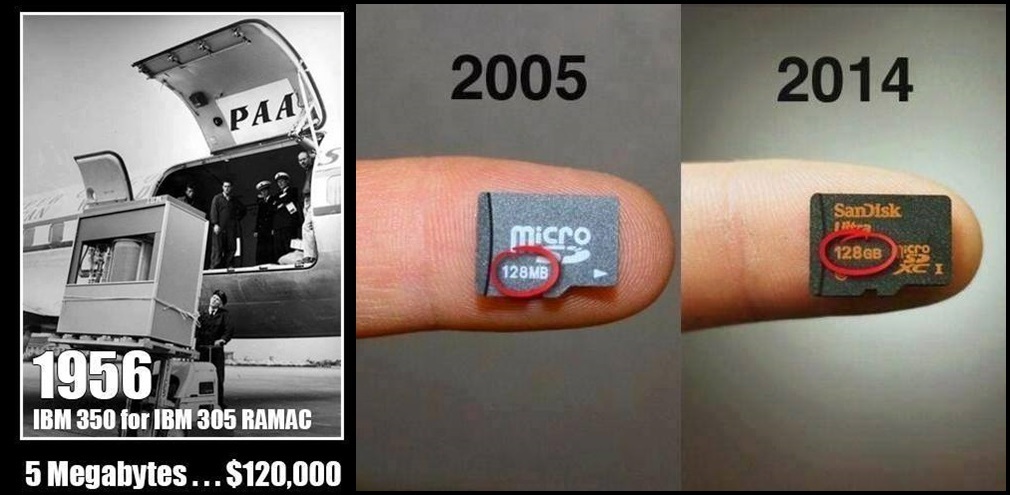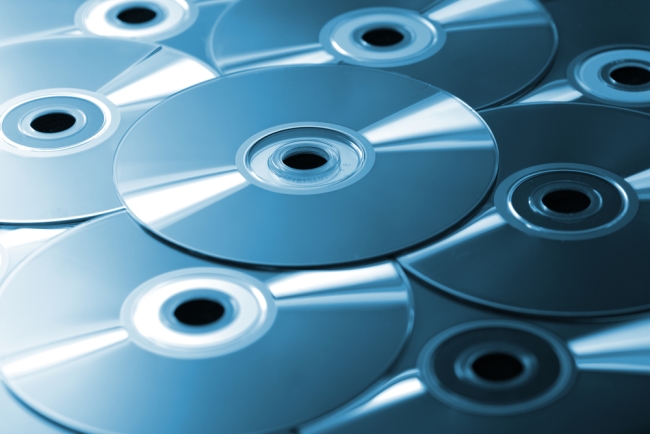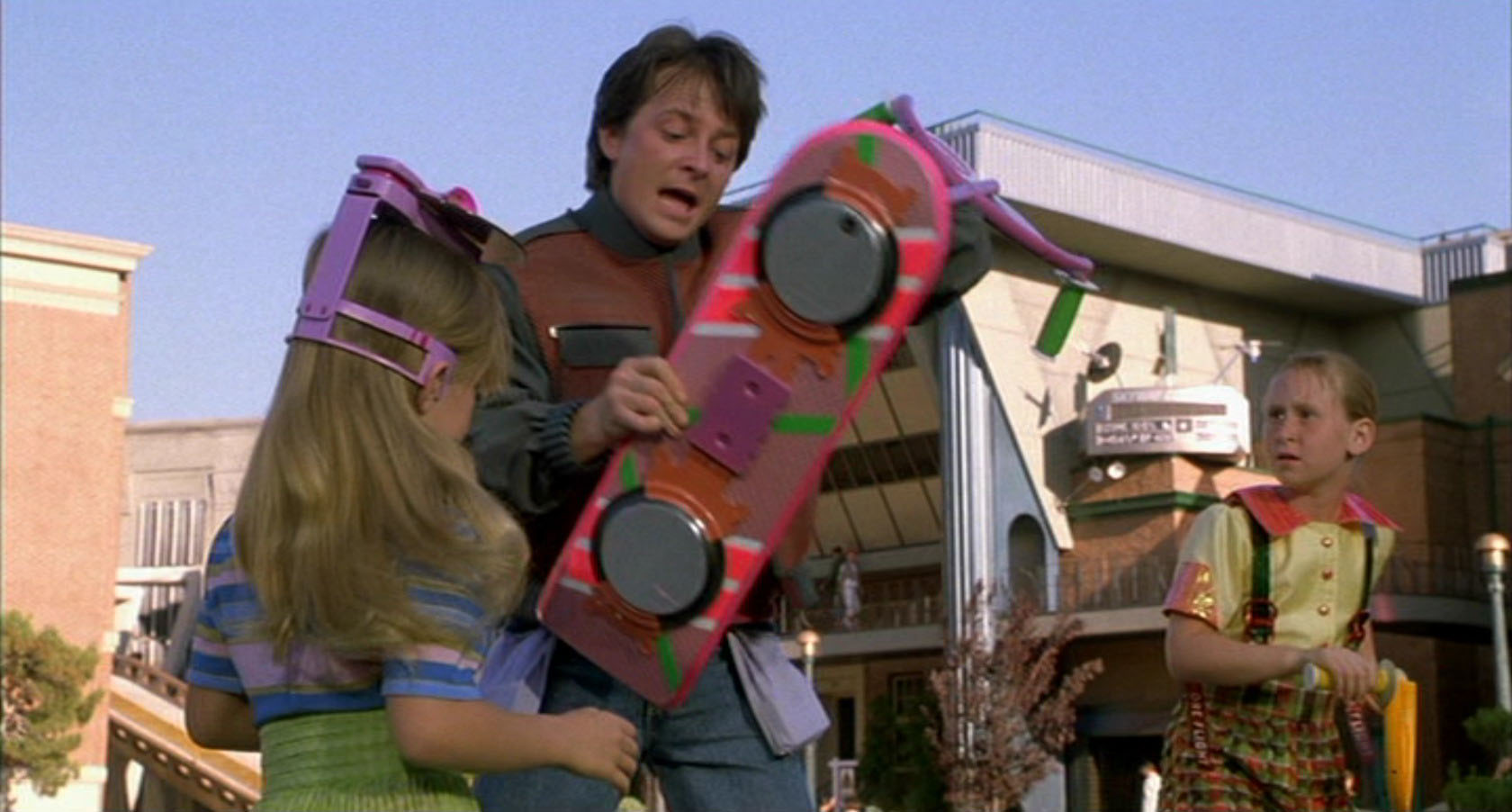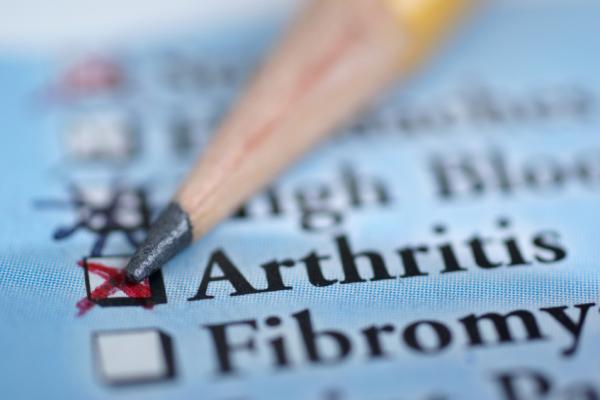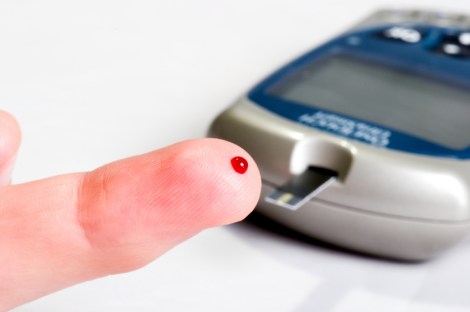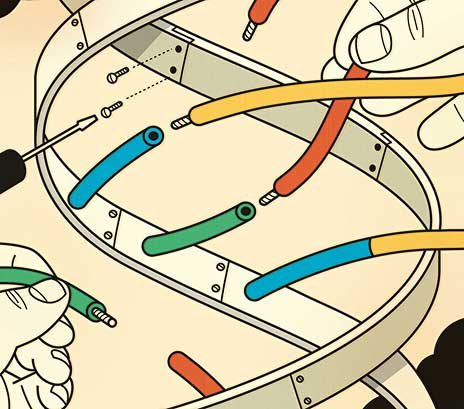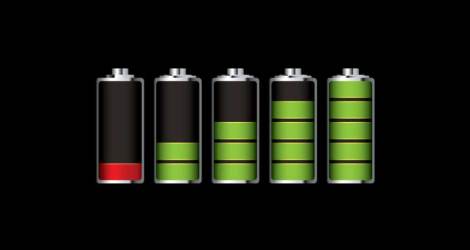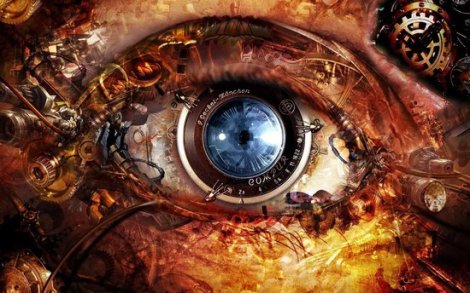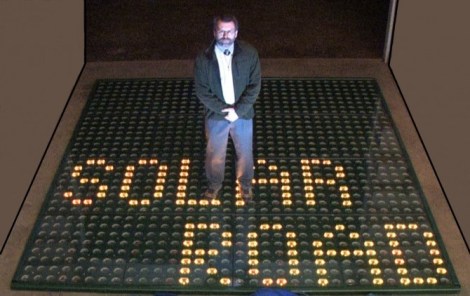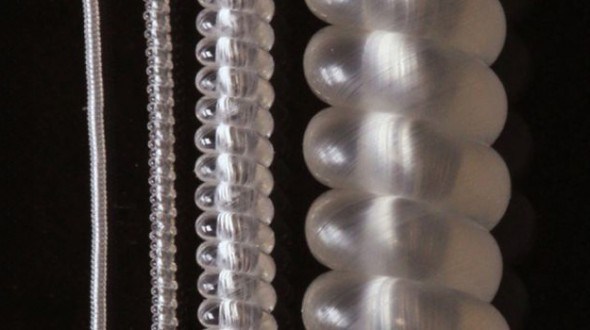Another robot appears!

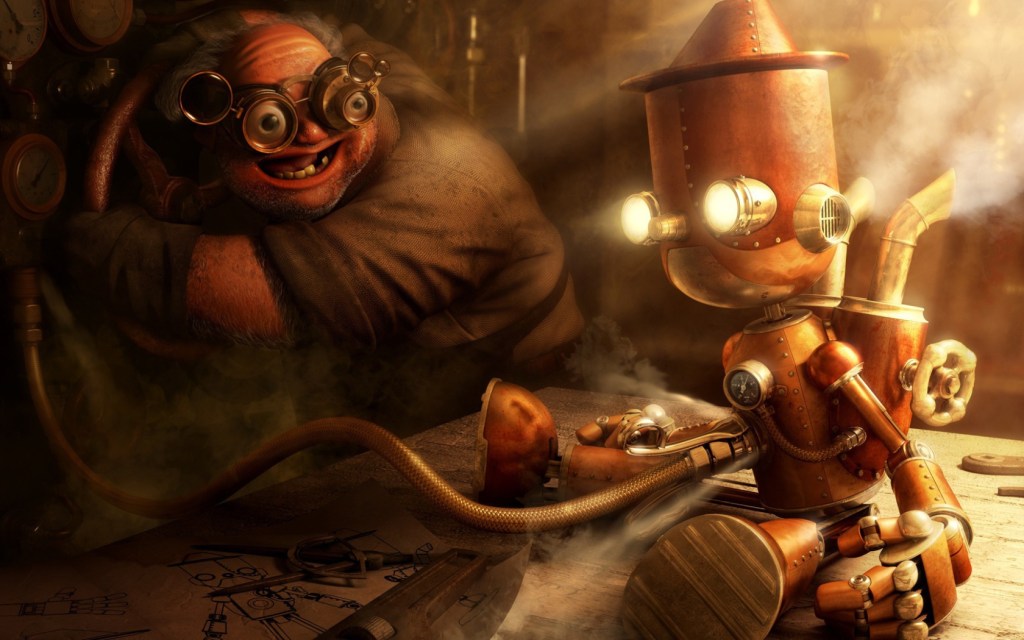
In the middle of the week we’re expecting some visitors that could lead to funding for our lab! Not that we need more projects, we already have over a dozen different projects we’re trying to power through and only three of us (including hospital-PI) to get them all done. Since we have so many projects, we’ve split them in half, literally. I’m taking all the lower limb projects and my labmate is taking upper limb. What does this have to do with the visit? It turns out, a lot.
(more…)Food waste could store solar and wind energy, or there’s the obvious…

Saving up excess solar and wind energy for times when the sun is down or the air is still requires a storage device. Batteries get the most attention as a promising solution although pumped hydroelectric storage is currently used most often. Now researchers are advancing another potential approach using sugar alcohols—an abundant waste product of the food industry—mixed with carbon nanotubes.
Biomimicry is a promising approach for driving innovation

A new case study shows that biomimicry, a relatively new field that seeks to emulate nature to find solutions to human problems, can potentially expand intellectual property, increase energy savings and accelerate product innovation.
Artificial muscle for soft robotics: Low voltage, high hopes

Soft robots do a lot of things well but they’re not exactly known for their speed. The artificial muscles that move soft robots, called actuators, tend to rely on hydraulics or pneumatics, which are slow to respond and difficult to store.
Organic computers are coming

Move over silicon, tomorrow’s computers could be made of something completely different. A team of international researchers managed to find a molecule that, to their opinion, could give the impetus to the development of organic electronics.
Manufacturing human tissue from textiles

Until we can figure out our lack of regenerating our bodies, or can convince more people to donate organs, we are at mercy of either luck or technology. Bio 3-D printing offers hope that we can print personalized organs as need and rejection free. But the technology relies almost solely with tissue engineers, there job is to find processes using novel bio-materials seeded with stem cells to grow and replace missing tissues.
Scientists prove feasibility of ‘printing’ replacement tissue

Using a sophisticated, custom-designed 3D printer, regenerative medicine scientists at Wake Forest Baptist Medical Center have proved that it is feasible to print living tissue structures to replace injured or diseased tissue in patients. Scientists said they printed ear, bone and muscle structures. When implanted in animals, the structures matured into functional tissue and developed a system of blood vessels.
Brain power: Wirelessly supplying power to the brain


A picture of a proposed architecture of the implantable device composed of flexible antenna and CMOS circuits for wireless-powered neural interface systems.
Image credit goes to: Toyohashi University of Technology
Human and animal movements generate slight neural signals from their brain cells. These signals obtained using a neural interface are essential for realizing brain-machine interfaces (BMI). Such neural recording systems using wires to connect the implanted device to an external device can cause infections through the opening in the skull. One method of solving this issue is to develop a wireless neural interface that is fully implantable on the brain.
We can build it better: Synthetic biopathway turns agriculture waste into ‘green’ products

Researchers at the University of Minnesota have engineered a new synthetic biopathway that can more efficiently and cost-effectively turn agricultural waste, like corn stover and orange peels, into a variety of useful products ranging from spandex to chicken feed.
Nanodevice, build thyself

As we continue to shrink electronic components, top-down manufacturing methods begin to approach a physical limit at the nanoscale. Rather than continue to chip away at this limit, one solution of interest involves using the bottom-up self-assembly of molecular building blocks to build nanoscale devices.
‘Hydricity’ concept uses solar energy to produce power round-the-clock… really?

Researchers are proposing a new “hydricity” concept aimed at creating a sustainable economy by not only generating electricity with solar energy but also producing and storing hydrogen from superheated water for round-the-clock power production.
Computing with time travel

Why send a message back in time, but lock it so that no one can ever read the contents? Because it may be the key to solving currently intractable problems. It turns out that an unopened message can be exceedingly useful. This is true if the experimenter entangles the message with some other system in the laboratory before sending it.
The rise of do-it-yourself biology
The Wilson Center’s Synthetic Biology Project has released a short documentary on the growth of the do-it-yourself biology (DIYbio) movement as seen through a community DIYbio lab in Baltimore, Maryland.
Artificial ‘plants’ could fuel the future
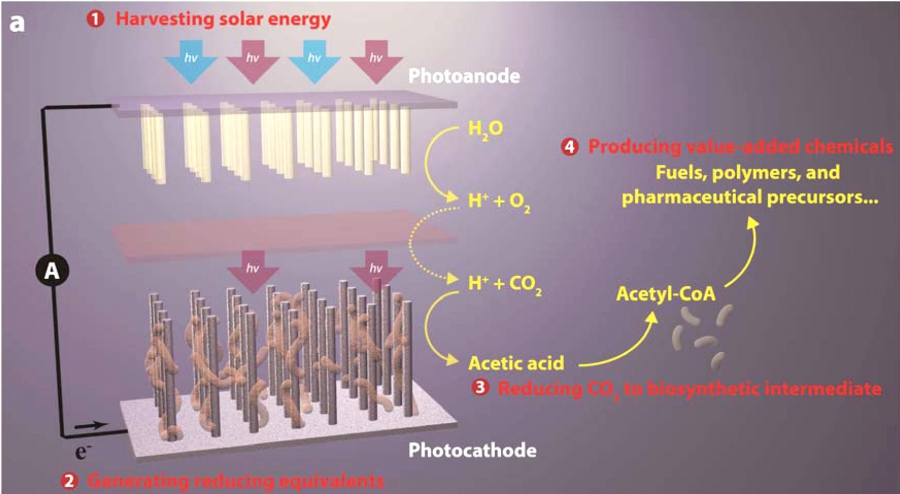
This schematic image of Chang’s artificial photosynthesis systems shows its four general components: (1) harvesting solar energy, (2) generating reducing equivalents, (3) reducing CO2 to biosynthetic intermediates and (4) producing value-added chemicals.
Image credit goes to: Berkeley Lab
Imagine creating artificial plants that make gasoline and natural gas using only sunlight. And imagine using those fuels to heat our homes or run our cars without adding any greenhouse gases to the atmosphere. By combining nanoscience and biology, researchers led by scientists at University of California, Berkeley, have taken a big step in that direction.
We can build it better: The first artificial ribosome
Researchers at the University of Illinois at Chicago and Northwestern University have engineered a tethered ribosome that works nearly as well as the authentic cellular component, or organelle, that produces all the proteins and enzymes within the cell. The engineered ribosome may enable the production of new drugs and next-generation biomaterials and lead to a better understanding of how ribosomes function.
Study finds metal foams capable of shielding X-rays, gamma rays, neutron radiation
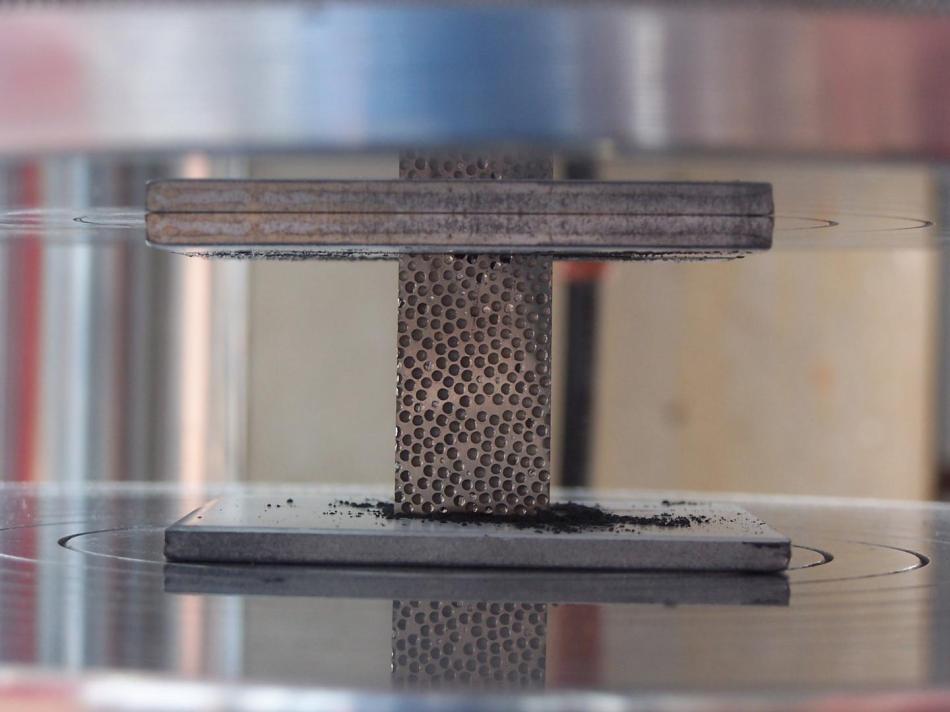
Research from North Carolina State University shows that lightweight composite metal foams — like the one pictured here — are effective at blocking X-rays, gamma rays and neutron radiation, and are capable of absorbing the energy of high impact collisions. The finding means the metal foams hold promise for use in nuclear safety, space exploration and medical technology applications.
Image credit goes to: Afsaneh Rabiei, North Carolina State University
Research from North Carolina State University shows that lightweight composite metal foams are effective at blocking X-rays, gamma rays and neutron radiation, and are capable of absorbing the energy of high impact collisions. The finding means the metal foams hold promise for use in nuclear safety, space exploration and medical technology applications.
A new wrinkle: Geometry of brain’s outer surface correlates with genetic heritage
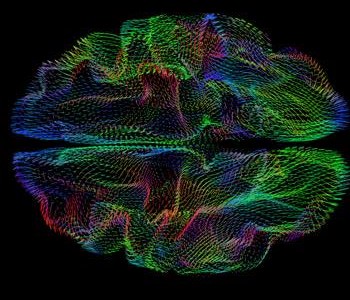
In the study, the researchers found that the shape of the cerebral cortex correlates with genetic ancestry. Image credit goes to: UC San Diego
Researchers at the University of California, San Diego and the School of Medicine have found that the three-dimensional shape of the cerebral cortex – the wrinkled outer layer of the brain controlling many functions of thinking and sensation – strongly correlates with ancestral background. The study opens the door to more precise studies of brain anatomy going forward and could eventually lead to more personalized medicine approaches for diagnosing and treating brain diseases.
Freezing single atoms to absolute zero with microwaves brings quantum technology closer
Physicists at the University of Sussex have found a way of using everyday technology found in kitchen microwaves and mobile telephones to bring quantum physics closer to helping solve enormous scientific problems that the most powerful of today’s supercomputers cannot even begin to embark upon.
What your clothes may say about you
Moving closer to the possibility of “materials that compute” and wearing your computer on your sleeve, researchers at the University of Pittsburgh Swanson School of Engineering have designed a responsive hybrid material that is fueled by an oscillatory chemical reaction and can perform computations based on changes in the environment or movement, and potentially even respond to human vital signs. The material system is sufficiently small and flexible that it could ultimately be integrated into a fabric or introduced as an inset into a shoe.
Cell density remains constant as brain shrinks with age
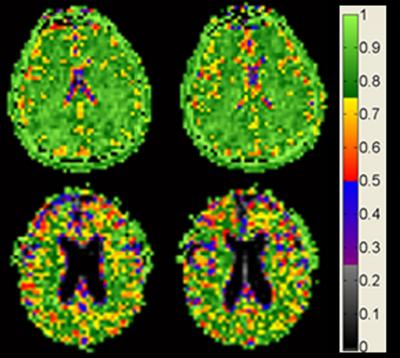
Brain cell density remains constant with age among cognitively normal adults. Image credit goes to: Dr. Keith Thulborn
New, ultra-high-field magnetic resonance images (MRI) of the brain by researchers at the University of Illinois at Chicago provide the most detailed images to date to show that while the brain shrinks with age, brain cell density remains constant. The images provide the first evidence that in normal aging, cell density is preserved throughout the brain, not just in specific regions, as previous studies on human brain tissue have shown.
First functional, synthetic immune organ with controllable antibodies created by engineers
Cornell University engineers have created a functional, synthetic immune organ that produces antibodies and can be controlled in the lab, completely separate from a living organism. The engineered organ has implications for everything from rapid production of immune therapies to new frontiers in cancer or infectious disease research.
Mind reading: Researchers observe moment a mind is changed
Researchers studying how the brain makes decisions have, for the first time, recorded the moment-by-moment fluctuations in brain signals that occur when a monkey making free choices has a change of mind. The findings result from experiments led by electrical engineering Professor Krishna Shenoy, whose Stanford lab focuses on movement control and neural prostheses – such as artificial arms – controlled by the user’s brain.
‘Virtual virus’ unfolds the flu on a CPU
The flu virus can be pretty nasty — it’s quick to evolve — which means yearly flu shots are needed and then it’s only a guess to which strain will be the most prevalent. Well new research aims to change all that, by combining experimental data from X-ray crystallography, NMR spectroscopy, cryoelectron microscopy and lipidomics (the study of cellular lipid networks), researchers have built a complete model of the outer envelope of an influenza A virion for the first time. So would that make it a computer virus, virus?
A new type of memory storage on the horizon

For those of us old enough to remember the days of the Apple II, you know that storage has exponentially increased. Even just 10 years ago 20+ gigs of data seemed huge, now my cellphone has 64 gigs. Yet we still need more data storage and we are looking for new ways to get it. Now a way to use weak molecular bonding interactions to create well-ordered and stable metal–organic monolayers with optoelectronic properties has been found. The development could form the basis for the scalable fabrication of molecular optoelectronic devices.
Blu-ray solar power
So here’s something you don’t see everyday. Blu-ray disks, you know the stuff we use for video games or DVDs also improve the performance of solar cells—suggesting a second use for unwanted discs—according to new research from Northwestern University. As surprising as this was, there is even better news, we know why they improve performance.
Dude, wheres my Hover Car? Oh wait…

We all (of a certain age) remember the Jetsons, a futuristic family with hi-tech gadgets and gizmos. However, nothing said, “the future is here” quite like things hovering. Even in the movie Back to the future, they have hover boards and flying cars. Unfortunately we don’t, which is a shame because according to the 1950’s we are the future, we should have hover-cars and hover boards… well the wait is over. Yep, introducing the first real hover board!
Carbon’s Place in a Silicon World
Everything is silicon based, well mainly your computer, your TV, your ipad, and pretty much every piece of electronics in existence. Still the world turns and so does technology; at a similarly fast pace no less. Even as the 2014 Nobel Prize in Physics has enshrined light emitting diodes (LEDs) as the single most significant and disruptive energy-efficient lighting solution of today, scientists around the world continue unabated to search for the even-better-bulbs of tomorrow. In this search we are now ditching silicon for new carbon-based electronics.
Nothing Sticks to a new Bioinspired coating for medical devices
Putting things in the body can be tricky, I mean we need things from joint replacements to cardiac implants and dialysis machines, these medical devices are needed to enhance or save lives on a daily basis. However, any device implanted in the body or in contact with flowing blood faces two critical challenges that can threaten the life of the patient the device is meant to help: blood clotting and bacterial infection. Problems that sound easier to fix than they actually are.
Solar Panel Hybrid is Cheap and Super Efficient
Solar cells are inefficient, it’s a sad fact. With todays technology they boast about a 10-15% efficiency, compare that to todays gas engine at roughly 20-25% and you can see it’s not quite up to par. Well that could all change very soon thanks to a new method for transferring energy from organic to inorganic semiconductors. This could boost the efficiency of widely used inorganic solar cells to as close as 100% efficiency as they can get.
Move over Carbon nanotubes introducing Diamond nanothreads
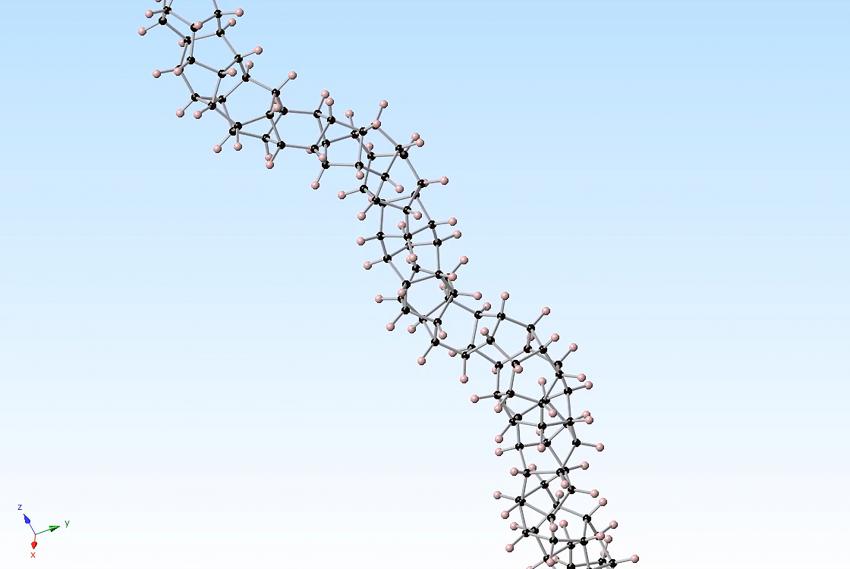
The core of the nanothreads that researchers made is a long, thin strand of carbon atoms arranged just like the fundamental unit of a diamond’s structure — zig-zag ‘cyclohexane’ rings of six carbon atoms bound together, in which each carbon is surrounded by others in the strong triangular-pyramid shape of a tetrahedron. Image credit goes to: Penn State University
Carbon nanotubes our hopes and dreams for the future have been firmly placed in using the unique material for everything from electronics to engineering. Unfortunately the production of carbon nanotubes has been hampered by setbacks, which as it turns out might not be a bad thing. This is because for the first time, scientists have discovered how to produce ultra-thin “diamond nanothreads” that promise extraordinary properties, including strength and stiffness greater than that of today’s strongest nanotubes and polymers.
Nanosponges Clean up Antibody-mediated Autoimmune Disease
What does lupus, rheumatoid arthritis, type I diabetes, multiple sclerosis, and rheumatic heart disease have in common? All of these (and many other) apparently unrelated disorders are caused by autoimmunity, in which the immune system produces antibodies that attack normal, healthy cells and tissues. Currently considered incurable, these autoimmune diseases can be managed, but to varying degrees and not without serious side effects. Moreover, autoimmune diseases include a wide range of dysfunctional immune responses known as type II, type III, and type IV immune hypersensitivity reactions.
Artificial Cells: They’re alive!!

Frankenstein’s monster was (in the story) a scientific marvel that could not be matched. Growing up with the story, the idea of creating life where there was none was a feat that I had once thought was going to always be science fiction. Maybe this is why I was so surprised when I found out that scientists, using only a few ingredients, have successfully implemented a minimalistic model of the cell that can change its shape and move on its own.
An end to Finger Pricking for Diabetics
About 10% of the US is diabetic, that doesn’t sound like a lot until you realize how many people there are in the US (roughly 311 million and counting). Think about it like this, every 7 seconds (roughly) a child is born. With that statistic every minute and 10 seconds leads to another person with diabetes. By the time you finish reading this, about two people in the US will be diagnosed with diabetes.
We can Build it Better: The First Artificial Cell Network

How does the old saying go? Imitation, is the sincerest form of flattery? Well that is what we’ve been trying to do for a very long time, but mimicking the intricate networks and dynamic interactions that are inherent to living cells is difficult to achieve outside the cell. Unfortunately despite all our intelligence nature has had the upper hand on us for a long time. That has not changed… until now that is.
Holy Grail of Battery Design: A lithium anode
Technology has been racing forward at an ever increasing rate. Unfortunately, anyone who owns a smartphone will tell you that the battery life doesn’t match the advancements. That is probably why engineers across the globe have been racing to design smaller, cheaper and more efficient rechargeable batteries to meet the power storage needs of everything from handheld gadgets to the new emerging electric cars. But a new breakthrough is about to [hopefully] change all that, a stable lithium anode.
The Love Song of Philo T. Farnsworth

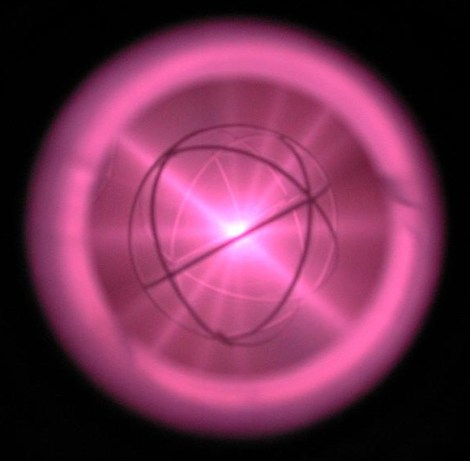
Photo from Brian and Bill’s Plasma Pursuits Blog
Philo Farnsworth, if the name sounds vaguely familiar than you might just be a Futurama watcher. If you don’t watch and know who I’m talking about or even better are a fan then, “YAY!” and for those of you who don’t know, don’t sweat it you’re not alone. One of the forgotten greats, Farnsworth should be a household name, namely because one of his biggest inventions is in practically every home.
Did you guess it yet? If you said Television, then you are correct!! [If you didn’t, but wish you had, then good enough!] Philo Farnsworth wasn’t necessarily a genius, he didn’t escape the holocaust like Einstein, nor did he make millions from his inventions like you might expect. In fact, Farnsworth lead– by all accounts — a fairly unassuming life. Interesting when find out that not only did he invent the modern television, but he did it at the ripe old age of 14 years old. No, not 41 that wasn’t a mistype, he was 14 years old.
Does the Bionic Man dream of an Electric Pancreas?
Diabetes can be torture; between the pokes and pins, the special diet, and constant monitoring, diabetes can be a special brand of hell [which is right next to the people who talk in movies]. Insulin pumps can help ease that pain, but science has introduced a piece of technology that would make the bionic man proud.
Solar Freakin’ Roadways- 5 Concerns Analyzed

Solar Roadways, I know most people have been in support of the new blossoming technology and I’m happy to be a part of that [at least in support]. However, no matter where I turn there are a handful of common concerns that are brought up against the technology. Well today I wanted to go over five of the main concerns. I also wanted to take a peek into what the future could look like, with solar roads.
Building with Batteries
Wires, we hate them. It’s okay you can say it, wires are… ugly. I hate throwing out the big “u” word like that, but facts are facts. So what if I told you, soon you might be finding power in unusual places. In fact, your whole home could be used to store energy.
This all thanks to a new type of supercapacitor that can take a licking and keep on ticking [I’ve always wanted to say that]. A supercapacitor so durable, it could be made into laptop casing, cars, buildings, just about anything. This new tech comes out of the [incredible] Vanderbilt Nanomaterials and Energy Devices Laboratory.
Solar Freakin’ Roadways!


Artist’s rendition of downtown Sandpoint, Idaho – Home of Solar Roadways
Graphic design by Sam Cornett
America loves it’s oil. Screw renewables, right? Because let’s face it, the world can be cleaned by someone else. As easily upset pretentious apes, us humans have few comforts in the changing world like fossil fuels. Our old friends coal, gas, and oil, they would never hurt us; they kick started the industrial revolution!
Let’s face it folks, global warming isn’t coming… it’s already here. We have study after study showing the effects. It’s time to ditch the medieval technology and move toward the future. Solar has been a good option, wind being another good choice. Both have drawbacks of course, no one likes wind farms and the solar farms don’t fare too much better.
Mantis Shrimp, is there anything you can’t teach us?
![Image from a webcomic [yes there is more!] by- TheOatmeal](https://loonylabs.org/wp-content/uploads/2014/04/mantis-shrimp.jpg?w=470)
Image from a webcomic [yes there is more!] by- TheOatmeal
The mantis shrimp for those of you who did not read the awesomely done comic by TheOatmeal has some of the most unique talents in the animal kingdom. Namely it’s tenacity for killing things with it’s powerful clubs.
Self-Healing Composites- The Trick is Biology
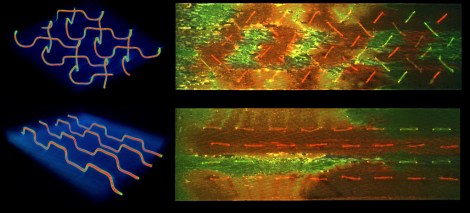
3D microvascular networks for self-healing composites: Researchers were able to achieve more effective self-healing with the herringbone vascular network (top) over a parallel design (bottom), evidenced by the increased mixing (orange-yellow) of individual healing agents (red and green) across a fracture surface. Photo Credit: University of Illinois
Let’s face it, things wear out. Car tires go bye-bye, seals get worn, and Jets need constant upkeep to make sure that cracks in the fuselage [the main body of an aircraft] don’t become points of failure. Thanks to a new technique right out of the labs at the University of Illinois, things may still wear out, but they will also self heal.
Surprising New Synthetic Muscle
It’s the stuff movies are made from. A new “super” synthetic muscle that is 100 times stronger than the muscle in your own body. It can be easily made, can be reused millions of times, and reacts much in the same manner as it’s natural counterpart.


